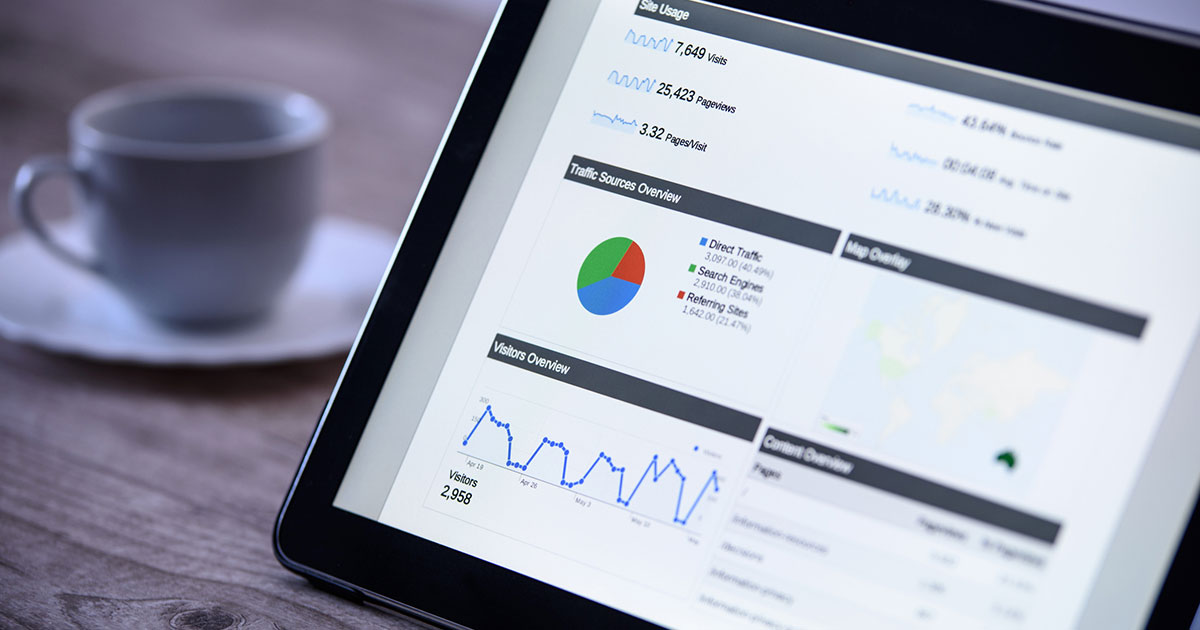It’s no secret to many small business owners and marketers that Google has been pushing Google Analytics 4 (GA4), a new property for gathering data. While many have opted to stick with the older Universal Analytics (UA) property for gathering web data, Google has announced that UA “will no longer process data” on July 1, 2023.
With the end of UA in sight, it’s important for marketers and business owners to begin familiarizing themselves with GA4. While learning a new property isn’t always ideal, GA4 does present some key benefits. Here is what you need to know about how the transition to GA4 will affect your business.
How is Google Analytics 4 different than Universal Analytics?
According to Director of Product Management at Google Analytics Russell Ketchum, UA is simply behind the times in terms of collecting the data today’s businesses need. UA was built at a time when desktop traffic was dominant, but measurements such as sessions and data from cookies just aren’t as relevant in today’s landscape. GA4 “operates across platforms, does not rely exclusively on cookies, and uses an event-based data model to deliver user-centric measurement,” Ketchum explains.
With the flexibility to measure an array of data types from different platforms, GA4 ultimately gives us stronger analytics. Event-based measurement helps us to better understand how our marketing efforts are performing, and it strengthens the machine learning efforts of Google by providing more in-depth data. So much of our marketing strategy relies on data, so think of this as a unique opportunity to gather even more information that can help you fine-tune your efforts.
What will happen to Universal Analytics data?
Ketchum echoes the announcement that UA will “stop processing new hits on July 1, 2023.” Additionally, 360 UA will do so in October of 2023. While data will no longer be processed after these dates, you will have at least six months to access the data you gathered previously. Although these dates may be nearly a year away, it’s important to start thinking about your transition to GA4 sooner rather than later.
How can I prepare my business for the transition to Google Analytics 4?
While all UA data will ultimately be lost, it’s important to start gathering new data in GA4. Search Engine Journal suggests setting up a GA4 property now that can run parallel to UA, even if you aren’t going to use it immediately. This will allow you to begin collecting data and “strengthening your machine learning (ML) models,” which will ultimately lead to “better-informed marketing strategies.”
As far as setting up GA4 goes, the process differs based on whether your site already has UA set up. Google offers some in-depth guides for getting started. It’s important to remember that GA4 was only released in 2019, and there’s sure to be plenty of updates to enhance the user experience. Social Media Examiner states, “the sooner you start to learn the platform, the easier it’s going to be for you.” So, it may be wise to start thinking about the transition now while you have plenty of time, rather than scrambling to catch up in 2023.
From the tools we use to the overall landscape, Digital Marketing is always changing. While the shift from UA to GA4 may seem complicated or time-consuming for you, it doesn’t have to be. For help ensuring your marketing efforts are up-to-date, reach out to the experts who are dedicated to your success.


